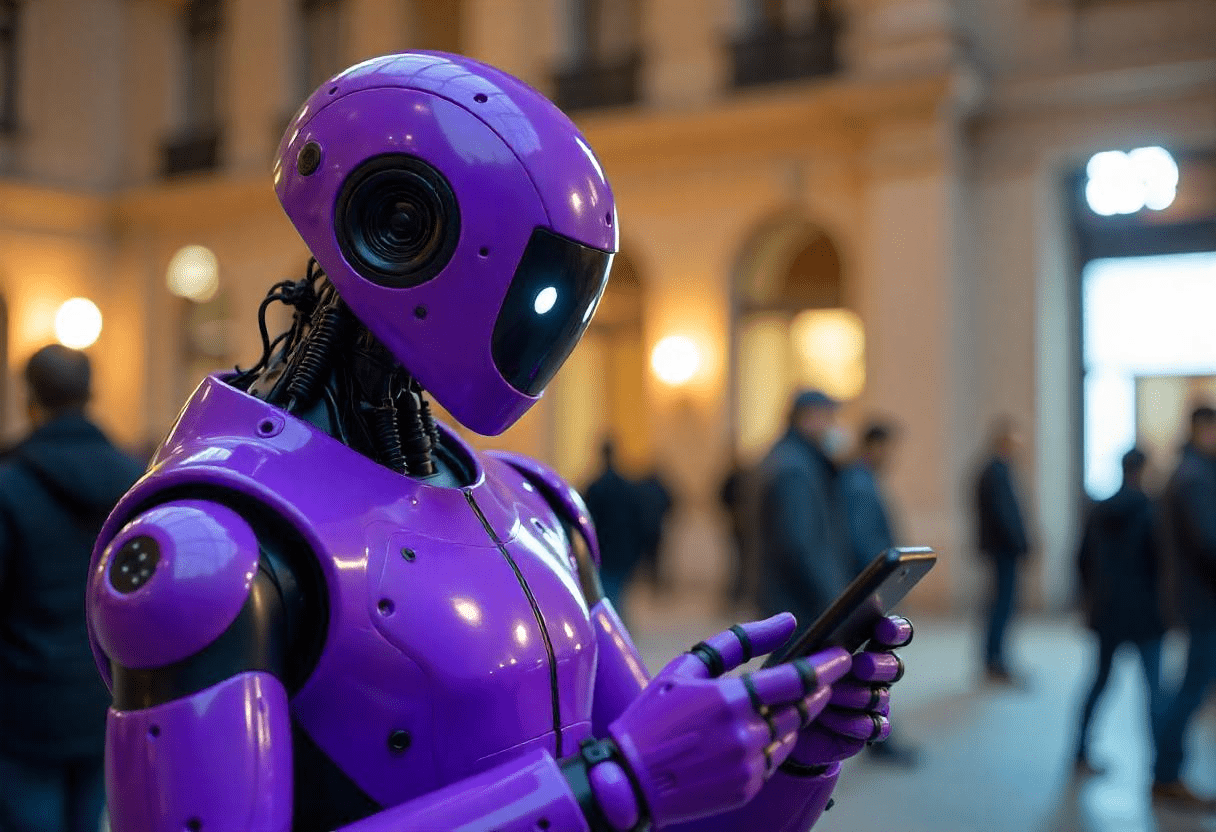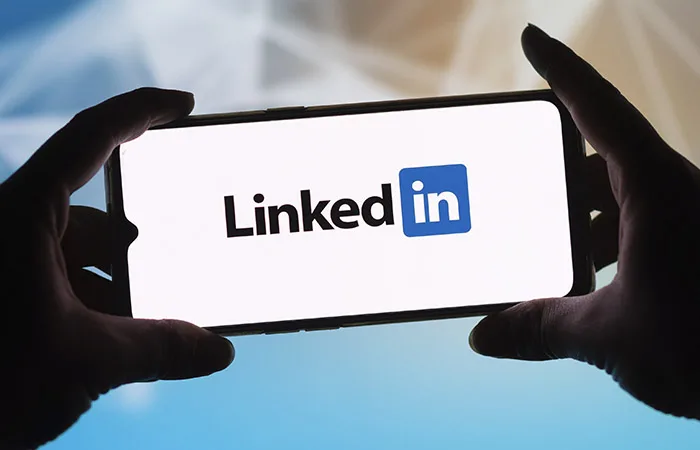Marketing is developing rapidly, and every year there are new technologies that change the way brands interact with their customers, the technologies of the future in marketing are becoming commonplace. Artificial Intelligence (AI), augmented reality AR and virtual reality are three key areas that will play a huge role in marketing strategies in 2025. These technologies are already beginning to transform marketing processes, and their impact will only increase in the future.
In this article, we'll take a closer look at how AI, AR, and VR will affect marketing in the coming years, as well as what changes we expect to see in the use of these technologies. All this reflects Technologies of the future in in marketingthat promise to transform the way you interact with your customers.
Artificial intelligence in marketing
Artificial intelligence is becoming more and more integrated into marketing strategies every year. In 2025, we will see AI continue to evolve and bring new opportunities for marketing optimization. Here's what it might look like:
Personalization on a new level. Even today, artificial intelligence allows brands to create personalized experiences for users. However, in 2025, AI will be even more accurate in determining the preferences of each customer, based on which brands will be able to offer not just personalized offers, but also more detailed recommendations. This is possible thanks to deep analysis of customer behavior, interactions, and data, which will make each communication with the brand unique and more effective.
Chatbots and virtual assistants. AI will continue to improve chatbots and virtual assistants that can not only answer questions, but also anticipate customer needs. Brands will be able to provide round-the-clock support and advice, as well as accelerate the purchase and problem-solving processes. In 2025, such solutions will work at an even higher level, providing a deep understanding of the context and emotions of the client.
Forecasting and analytics. AI will be used to predict trends and market needs. With the help of machine learning technologies, it will be possible to more accurately predict changes in demand, which will give companies the opportunity to adapt their strategies and offers in a timely manner. This will help you not only increase the effectiveness of your marketing campaigns, but also significantly improve inventory management, pricing, and product ranges.
Creating content. In 2025, AI will not only help with data analysis, but also actively participate in content creation. Brands will be able to automate the creation of texts, images, videos, and even audio, which will reduce the cost of content marketing and make it more scalable. With the help of AI, you can create content that best meets the needs of the target audience.
Augmented reality in marketing
Augmented reality (AR) is a technology that overlays digital information on the real world. In 2025, AR will become an integral part of marketing, creating new forms of interaction with customers and improving their experience. How exactly will AR be used?:
Stores and virtual storefronts. AR will open up new horizons for trading. Virtual storefronts and stores will be integrated into mobile apps, allowing customers to try on clothes or test products from the comfort of their homes. Buyers will be able to see how furniture will look in their apartment, or how cosmetics will look on their skin, using AR on their devices. This will greatly simplify the purchase decision process and improve the user experience.
Interactive advertising campaigns. Augmented reality will allow brands to create interactive and engaging advertising campaigns. With the help of AR, you can create unique advertising formats, such as animated posters that can be scanned using your smartphone to get additional content or exclusive offers. This will increase audience engagement and make your ads more attractive.
Training and demo versions. AR will be used not only for entertainment, but also for learning. Brands will be able to create augmented reality training programs that help consumers better understand how their products or services work. For example, customers will be able to see in AR how to properly use equipment or how products are arranged.
Augmented reality shopping in retail stores. AR will be used directly at points of sale, offering customers unique opportunities. For example, with the help of AR, customers can easily find a product on the shelf, see information about the product, or check its characteristics. It will also improve navigation in major shopping centers, making the shopping experience a more fun and informative journey.

Virtual reality in marketing
Virtual reality (VR) allows you to create a fully immersive experience, and this technology is also actively implemented in marketing strategies. In 2025, VR will be used to create unique marketing campaigns that will allow brands to interact with customers on a whole new level. Here are some areas where VR will have an impact on marketing::
Virtual stores and showrooms. VR will enable customers to visit virtual stores and showrooms without leaving their homes. In these virtual spaces, users will be able to explore products, try on clothes, and interact with other customers. This will open up new opportunities for brands, especially with the growth of online shopping.
Immersive advertising campaigns. VR will allow you to create not just commercials, but entire worlds that the user can immerse themselves in. For example, a travel company can offer a user a virtual tour of a resort, and a car brand can offer to test a new car in a virtual test drive. This will create an incredibly vivid and memorable experience, which will increase customer loyalty and engagement.
Product presentations. VR will be used to showcase new products or services. Brands will be able to create virtual presentations where users can interact with company representatives, see product demonstrations, and even participate in training sessions. This will allow you to create a deeper and more personalized customer relationship.
Virtual events. Virtual reality will also be widely used for events, exhibitions and conferences. Brands will be able to host online events where users can interact with products, participate in Q & A sessions, and interact with other participants in a virtual space. This will allow you to hold large-scale events for an international audience, without limiting participants to geography.








